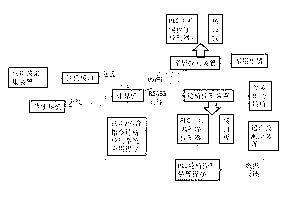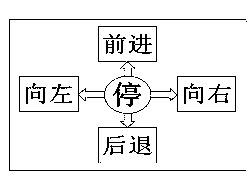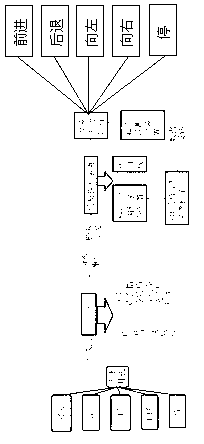Handicapped-helping control system based on electroencephalogram/voice instructions
A technology of voice command and control system, which is applied in the direction of appliances that can be operated by disabled people, input/output of user/computer interaction, medical transportation, etc. and other problems, to achieve the effect of highlighting convenience, fewer electrodes, and increasing diversity
- Summary
- Abstract
- Description
- Claims
- Application Information
AI Technical Summary
Problems solved by technology
Method used
Image
Examples
Embodiment Construction
[0035] The present invention will be described in further detail below with reference to the drawings and examples, but the embodiments of the present invention are not limited thereto.
[0036] This embodiment only describes the use of brain waves / voice commands to control the movement of the wheelchair, and the rest of the methods for controlling household appliances are similar to those for controlling wheelchairs.
[0037] Such as figure 1 As shown, the EEG and voice wheelchair control system is mainly composed of hardware and software. Among them, the hardware is composed of a computer, a Bluetooth headset, an EEG acquisition device, a brain-computer interface device, and a wheelchair control device (PLC and interface board). and an electric wheelchair after modification; the software is composed of a computer application program based on an EEG / voice command disability control system and a PLC wheelchair control device program.
[0038] The brainwave acquisition devic...
PUM
 Login to View More
Login to View More Abstract
Description
Claims
Application Information
 Login to View More
Login to View More - R&D
- Intellectual Property
- Life Sciences
- Materials
- Tech Scout
- Unparalleled Data Quality
- Higher Quality Content
- 60% Fewer Hallucinations
Browse by: Latest US Patents, China's latest patents, Technical Efficacy Thesaurus, Application Domain, Technology Topic, Popular Technical Reports.
© 2025 PatSnap. All rights reserved.Legal|Privacy policy|Modern Slavery Act Transparency Statement|Sitemap|About US| Contact US: help@patsnap.com



